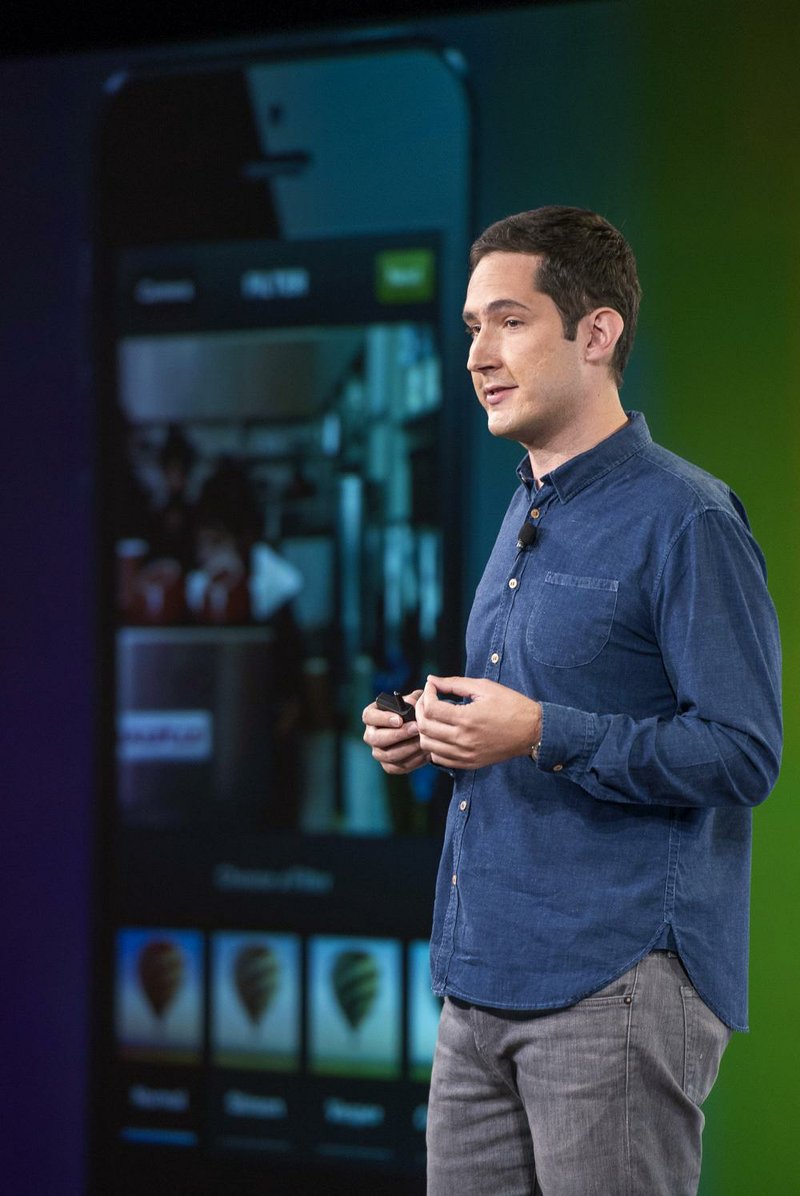MENLO PARK, Calif. - Plunging further into the world of online video, Facebook Inc. has unveiled a new video feature for its Instagram photo-sharing service.
The feature lets users share 15-second video clips, according to Instagram Chief Executive Officer Kevin Systrom, who on Thursday called the app “everything we know and love about Instagram, but it moves.”
Facebook and Instagram have reportedly been working on developing a new video service for months, and the pressure to enter that market has increased since rival Twitter Inc. acquired the video-sharing application Vine last fall. Vine has caught on with many teens as well as celebrities who seem to like the idea of creating short, often jokey, video clips and sharing them with friends.
Online video is also seen as a powerful new way to deliver advertising. While the Vine app is not believed to be a big moneymaker for Twitter, Google has shown that it can reap significant revenue from ads on its YouTube site. Theresearch firm eMarketer recently projected that U.S. advertisers will spend $4 billion on digital video ads this year, doubling to $8 billion by 2016.
Systrom, however, told reporters that there are no immediate plans to offer advertising with the video-sharing feature.
“Over time, we’ll figure out how advertising ends up being OK on Instagram in a useful way,” he said, but added that the service for now will simply let commercial brands create their own video clips and share them “organically” with their followers.
The Instagram co-founder also pledged that the service won’t take its users’ videos and incorporate them into future advertising. “Your photos and videos, very clearly they’re your own,” he said. “We have no plans to use [your] photos and videos in any kind of advertisements.”
Systrom acknowledged the recent explosion of video-sharing apps, but denied that was the reason Instagram had added its video feature.He said Instagram had originally thought about sharing photos and video when the service was developed three years ago, but technology at that time didn’t allow for fast and simple video-sharing.
“It wasn’t that we felt we’d better do it now,” he said, as much as the fact that editing and networking technology has advanced since then.
Instagram is offering the video service for both iPhones and Android-based smart phones. Users will be able to choose from 13 optional “filters” that alter the appearance of their videos, in a manner similar to the filters that Instagram offers for still photos.
Systrom also showed off a feature called “Cinema” that uses the motion-sensing gyroscope in smart phones to automatically adjust and smooth out the wobbly effect that often plagues handheld videos.
Facebook is already a popular place for sharing videos. ComScore, an Internet analytics firm, reported that Facebook was the second-ranked online video site in the United States in May, with 60.4 million viewers watching 727.4 million videos. Top-ranked YouTube, however, had 154.5 million viewers watching almost 14 billion videos that month.
Analysts say it’s important for Facebook to introduce new products in the face of competitive pressure from rival Internet services and social networking startups, since younger users are often drawn to the latest thing. Facebook claims more than 1.1 billion active users around the globe, but its once-phenomenal growth rate has slowed in the United States.
The Menlo Park company held three high-profile events earlier this year to unveil new features that CEO Mark Zuckerberg described as major advances for the social network. Those announcements involved a sophisticated search function called Graph Search, an overhaul of Facebook’s News Feed and a new smartphone interface for Android devices.
Facebook’s new Android phone interface, however, proved unpopular with many who tried it - although some heavy users of the social network liked it. The interface, dubbed Home, was designed to showcase Facebook updates on the phone’s home screen, but critics complained that it made other apps less conveniently accessible.
Zuckerberg has downplayed the early reaction to Home and said Facebook will keep adding features and improving its mobile service.
Business, Pages 19 on 06/24/2013
